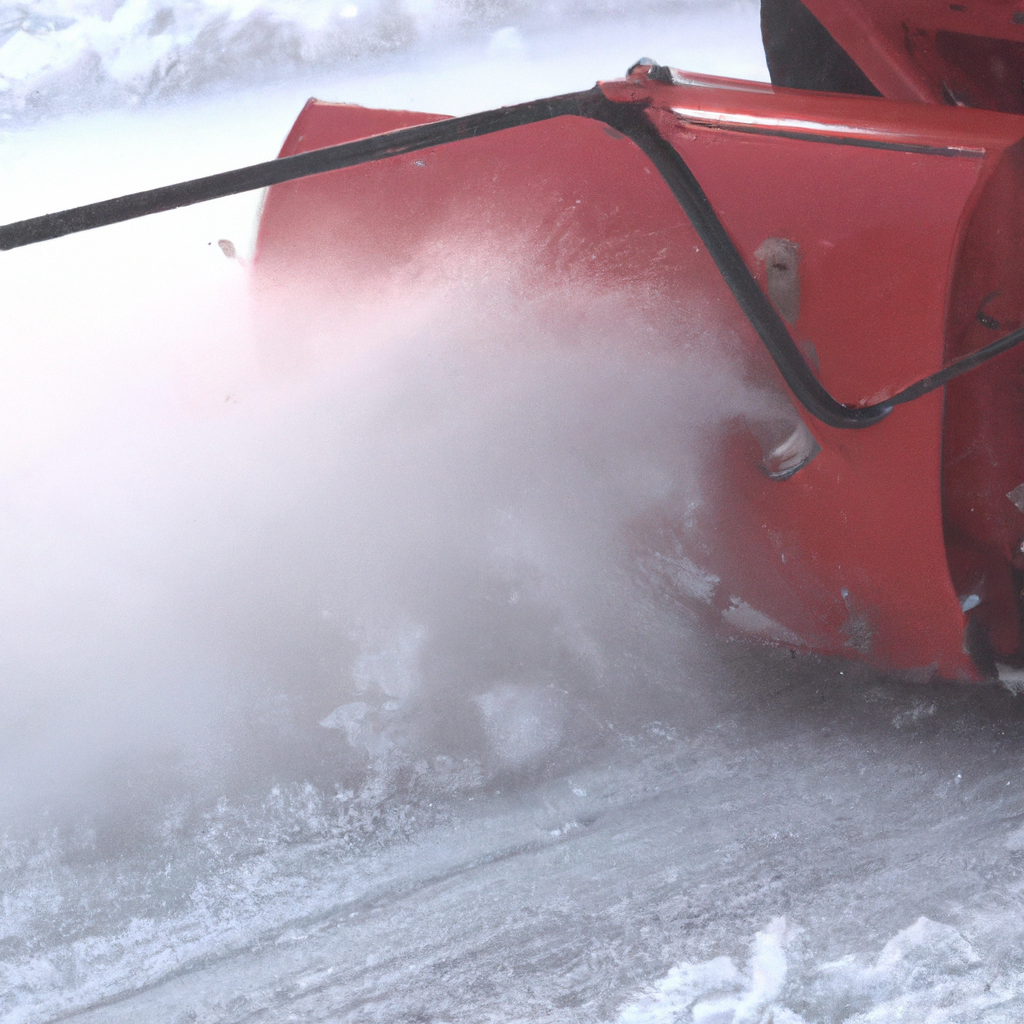Have you ever found yourself shoveling snow for hours on end, only to realize that the snow is too heavy to lift or too stubborn to move? If you live in an area that gets a lot of snow, then you know how frustrating it can be to deal with snow removal. Fortunately, there is a solution to this problem – the snowblower. In this article, we will explore how a snowblower works, the different types of snowblowers available, and provide a guide to buying and maintaining one.
How Does a Snowblower Work?
At its most basic level, a snowblower is a machine that uses a rotating impeller to pick up snow and throw it out of a discharge chute. The impeller is usually powered by an engine, either gas or electric, and is connected to a series of blades or paddles that move the snow towards the chute. As the snow is forced through the chute, it is thrown away from the machine, allowing you to clear a path for your car or walkway.
Snowblower Working Mechanism
There are two main types of snowblowers: single-stage and two-stage. Single-stage snowblowers use a single rotating blade to pick up and throw snow, while two-stage snowblowers use two blades – one to pick up the snow and another to throw it out of the chute. Single-stage snowblowers are generally less expensive and better suited for smaller areas with light to moderate snowfall. Two-stage snowblowers, on the other hand, are more powerful and better suited for larger areas with heavy or wet snow.
Snowblower Types
In addition to single-stage and two-stage snowblowers, there are also three-stage snowblowers and electric snowblowers. Three-stage snowblowers are a newer type of snowblower that use an additional accelerator to move the snow more quickly through the machine. Electric snowblowers are powered by electricity and are generally less powerful than gas-powered snowblowers. They are better suited for smaller areas with light snowfall and are often more environmentally friendly than their gas-powered counterparts.
Snowblower Buying Guide
If you are in the market for a snowblower, there are several factors you should consider before making a purchase. These include:
– The size of your driveway or walkway
– The amount of snowfall in your area
– The type of snow you typically deal with (light, fluffy snow vs. heavy, wet snow)
– Your budget
When shopping for a snowblower, look for models that are easy to maneuver and have adjustable settings for throwing distance and height. Consider the size of the engine and the width of the clearing path, as these will affect how quickly you can clear your driveway or walkway.
Snowblower Maintenance
To keep your snowblower running smoothly, it is important to perform regular maintenance. This includes:
– Checking the oil level before each use
– Changing the oil and air filter at least once a year
– Checking and adjusting the spark plug as needed
– Lubricating moving parts and cables
– Storing the snowblower in a dry, protected area during the off-season
Conclusion
In conclusion, a snowblower is a powerful machine that can make snow removal a much easier and faster process. By understanding how a snowblower works, the different types of snowblowers available, and how to buy and maintain one, you can choose the best snowblower for your needs and keep it running smoothly for years to come. Stay warm and safe this winter season!







